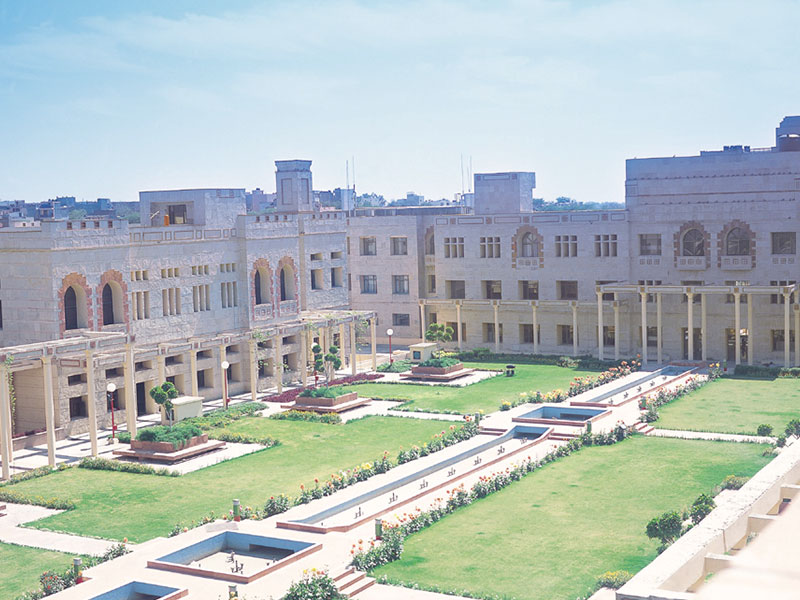Established on huge scenically landscaped 100 acre-plus estates on urban peripheries, ICAR and the country’s 71 government agriculture universities manage model farms with impressively high yields, but maintain minimal connect with rural communities and farmers – Dilip Thakore The recent turmoil in the Rajya Sabha on September 20, the upper house of Parliament, when three Bills, viz Farmers Produce Trade and Commerce (Promotion and Facilitation) Bill, 2020, the Farmers (Empowerment and Protection) Agreement on Price Assurance and Farm Services Bill, 2020 and the Essential Commodities (Amendment) Bill, 2020 were passed by a voice vote amidst vociferous protests by several opposition parties, has belatedly brought the country’s agriculture sector into media and societal spotlight. The objective of the three Bills is to direct the beneficial winds of liberalisation and deregulation across the country’s vast and varied rural hinterland to fulfil a promise made in the Election Manifesto 2019 of the ruling Bharatiya Janata Party (BJP) to double farmers’ incomes by 2022. According to several respected political pundits, this assurance substantially contributed to the BJP/NDA coalition government being returned to power at the Centre with a two-thirds majority in the Lok Sabha (the more powerful lower house of Parliament) in General Election 2019. Incontrovertibly, socio-economic conditions in rural India are appalling. It’s a telling statistic that although 60 percent of 21st century India’s 1.30 billion citizens reside in the rural hinterland, they contribute a mere 16 percent of the country’s GDP (gross domestic product) estimated at Rs.227 lakh crore in 2019-20. Per capita income in rural India is a mere Rs.40,925 against Rs.98,435 in urban India. Worse, according to the recently released Human Capital Index of the World Bank, 35 percent (142 million) of under-5 children in India — the great majority in rural India — are stunted and “likely to suffer lifelong cognitive disability”. Quite obviously, there was a fundamental flaw in the detailed plans of the Soviet-inspired high-powered Planning Commission (estb.1950) which produced 13 voluminous five-year plans to ensure the balanced growth of the Indian economy for 65 years until the commission was mercifully abolished in 2014. In retrospect, it’s clear that as in communist Soviet Union and China, savings of the rural citizenry of post-independence India were canalised into giant public sector enterprises (PSEs) which were naively expected to generate vast surpluses for investment in public education, health and rural infrastructure. Tragically, PSEs managed by business-illiterate bureaucrats and government clerks never produced the budgeted surpluses with the result that contemporary India is among the world’s most under-educated, medically under-served countries with a desperately poor rural citizenry. These infirmities of the Indian economy have been brought into sharp focus during the current Covid-19 pandemic, highlighting that the country has neither the intellectual capital nor economic resilience to effectively combat the sweeping virus devastating Indian society. Widespread rural poverty which prompts mass annual migration of rural youth to work in urban India in humiliating conditions and live in Dickensian squalor, has exposed the problems-solving inadequacy of central planners and the neta-babu…
India’s ivory tower agriculture universities
